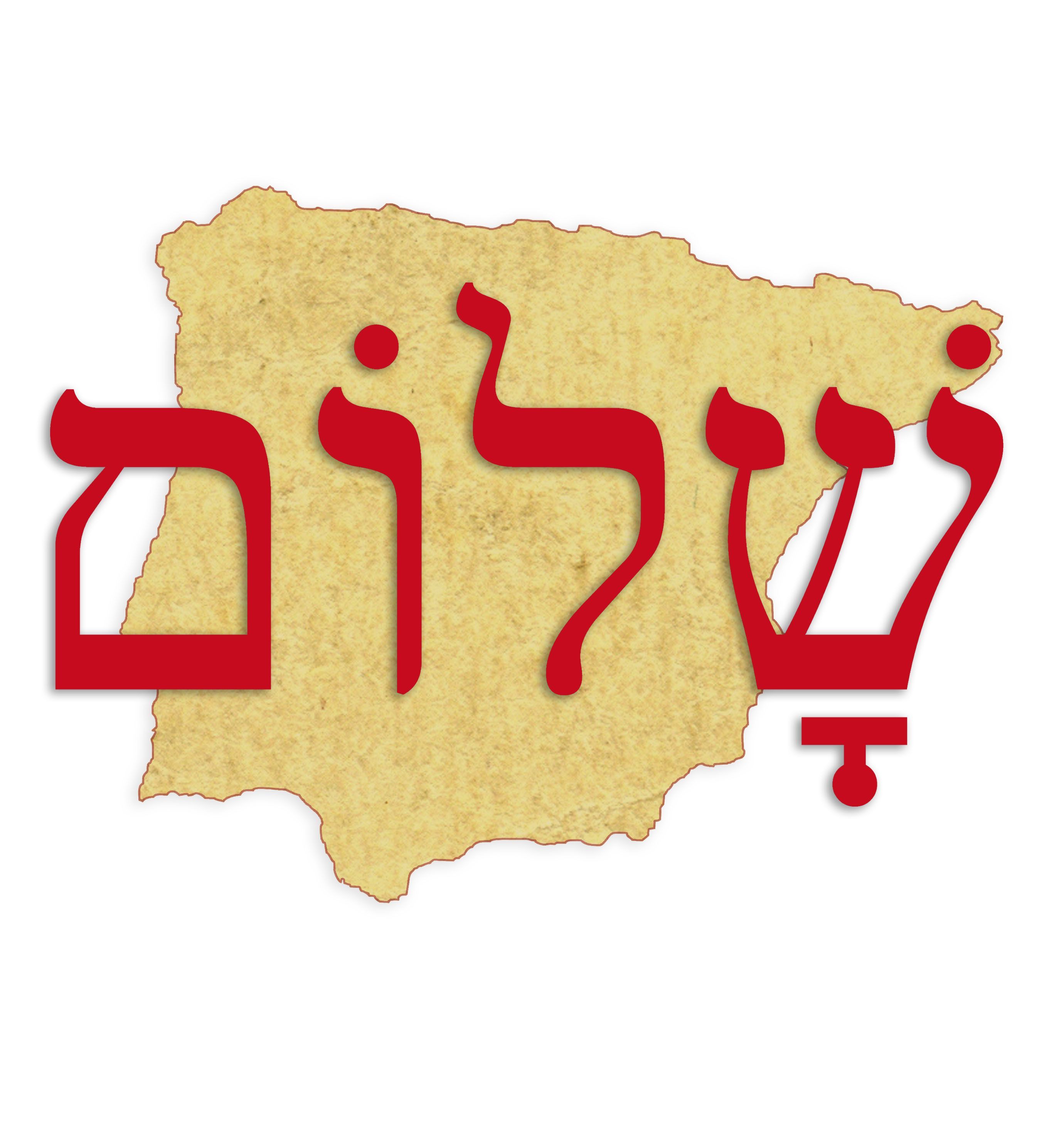"La Judería" of Seattle
From the 1920s to 1960s, Seattle’s Jewish community clustered around a neighborhood nicknamed Kosher Canyon. Family life revolved around synagogues, schools, social organizations – and also the abundance of kosher butcher shops, specialty bakeries and grocery stores that neighborhood families operated to serve the unique needs of the Jewish community.
During the Great Depression of the 1930s, many merchants generously extended credit to community members, and some stores failed to survive as a result. Stores closed early on Friday and all day Saturday in observance of the Jewish Sabbath, as well as on major Jewish holidays. All other times, the stores filled with chatter and cheer – doubling as gathering places for an entire community.
Two Jewish Communities within One
Although Sephardic and Ashkenazi (Central and Eastern European) Jews lived together in Kosher Canyon, they spoke different languages, had different customs and ate different foods. As a result, they sometimes made fun of one another.
Abe Hoffman, an Ashkenazi Jew who worked at his father’s grocery store in the 1920s and 1930s, called the store’s Sephardic customers “Mazolas” because they bought so many large tins of Mazola brand cooking oil for sautéeing their Mediterranean-style cuisine. Unbeknownst to him, Sephardic Jews irreverently called Ashkenazi Jews “Shmaltzes” after the Yiddish word “shmaltz,” a processed chicken fat they used for frying and spreading on bread.


